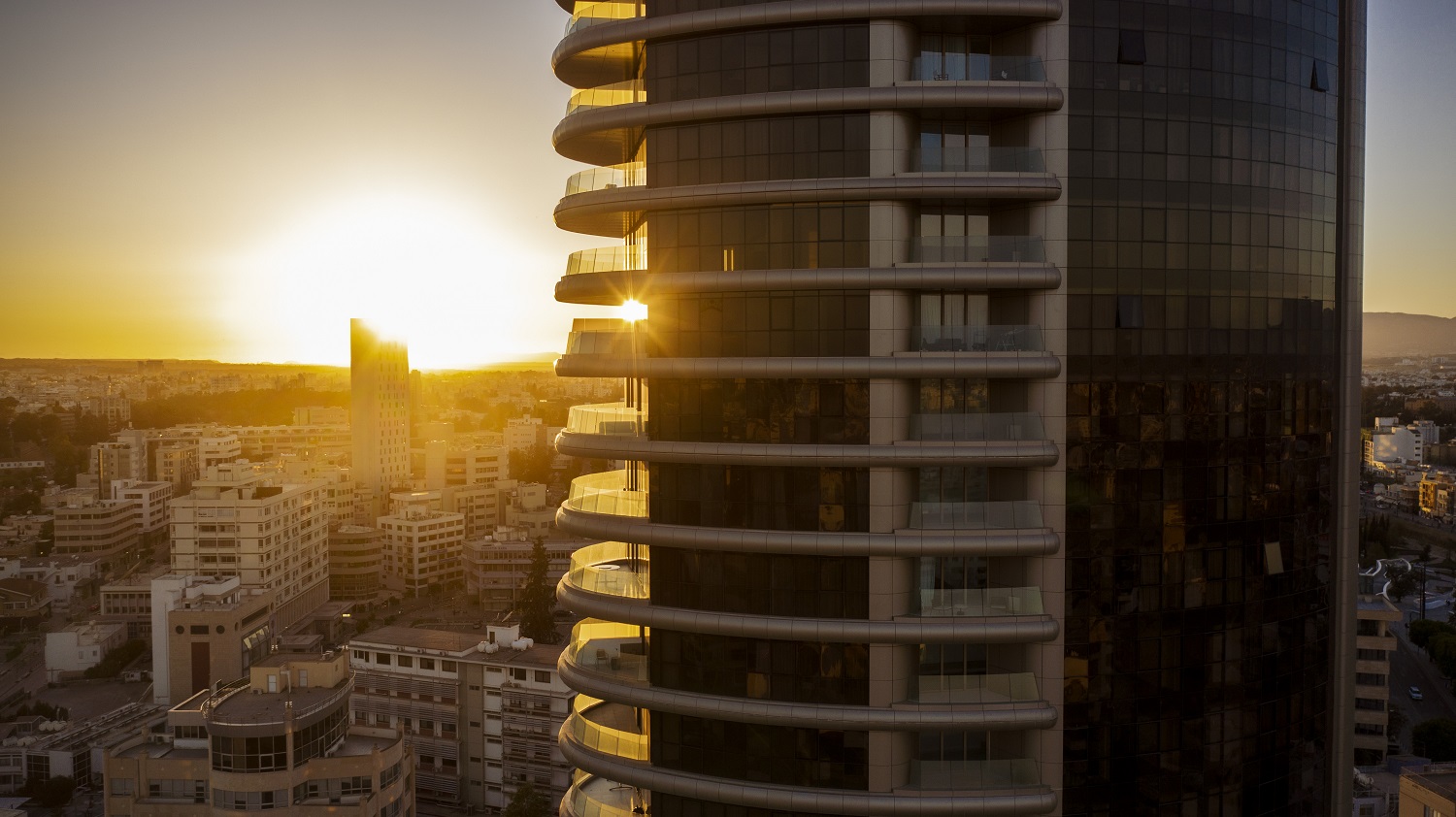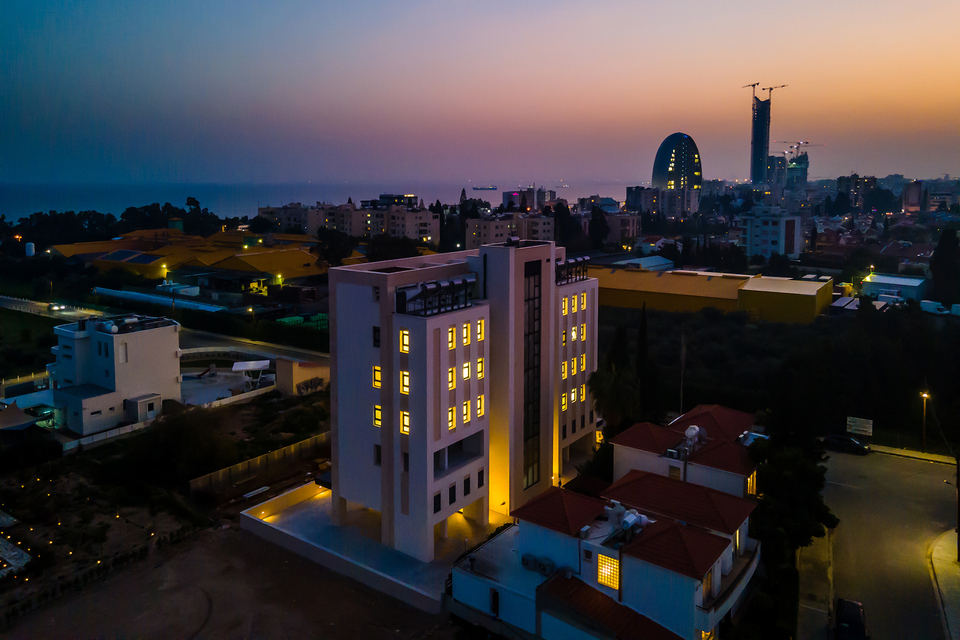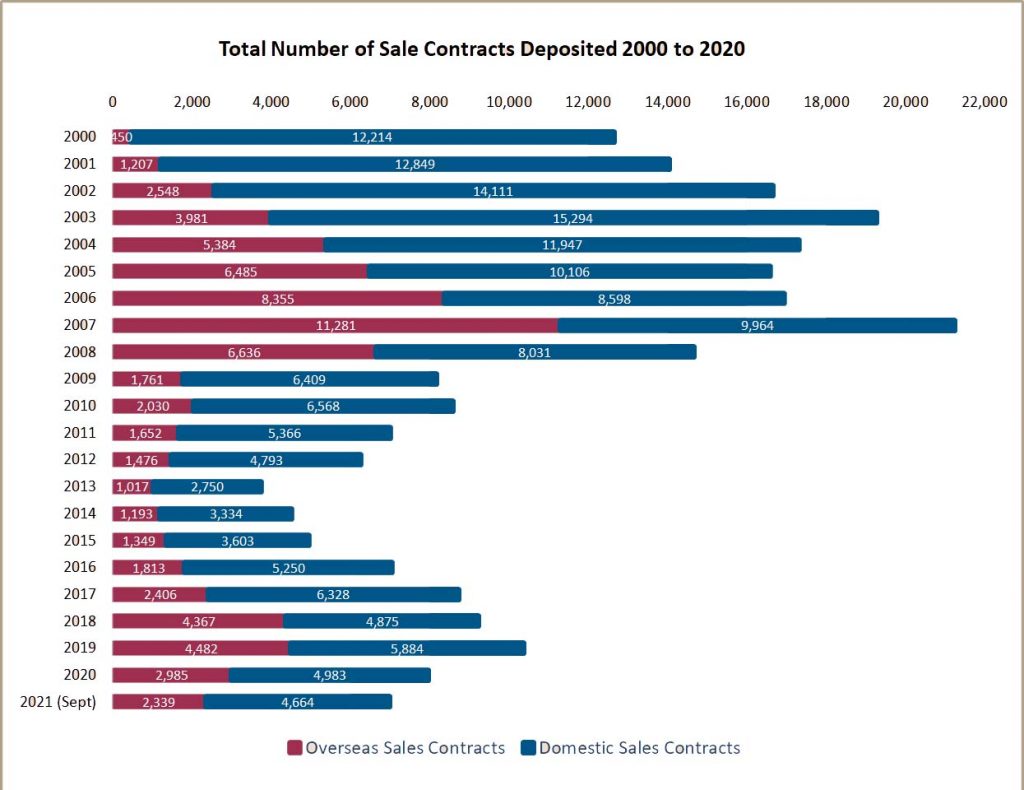
Three out of four Cypriots prefer to live in a house rather than a flat, while more than two-thirds own their own home, according to a recent Eurostat survey.
In their annual report on EU citizens living conditions for 2020, Eurostat found that 73% of the island’s population lived in a house, while 25.6% lived in a flat.
In the EU, 53% of the population lived in a house, while 46% lived in an apartment (1% lived in other accommodation, such as houseboats, trucks).
Ireland recorded the highest share of the people living in houses with 92%, followed by Croatia (78%), Belgium (77%) and the Netherlands (75%).
The majority of people in more than two-thirds of EU countries live in houses.
The highest percentages of people living in apartments were in Spain (66%), Latvia (65%), Estonia (61%), Greece and Lithuania (both 59%).
When it came to cities, 72% of the EU population lived in an apartment and just 28% in a house, while in rural areas, 82% of the population lived in a house and 18% in an apartment.
Homeowners
More than two-thirds of people in the EU lived in their own homes.
Being the owner or tenant of your home differs significantly between the Member States.
In the EU, 70% of the population lived in their own home, while 30% lived in rented housing.
The highest homeownership rates were observed in Romania (96%), Slovakia (92%), Croatia and Hungary (both 91%).
Owning a home is the rule in all EU countries, except for Germany, where owners and tenants’ percentages are 50-50%.
Tenants in Austria and Denmark made up 45% and 41% respectively.
In Cyprus, 68.6% live in their own home, while 31.4% rent.







